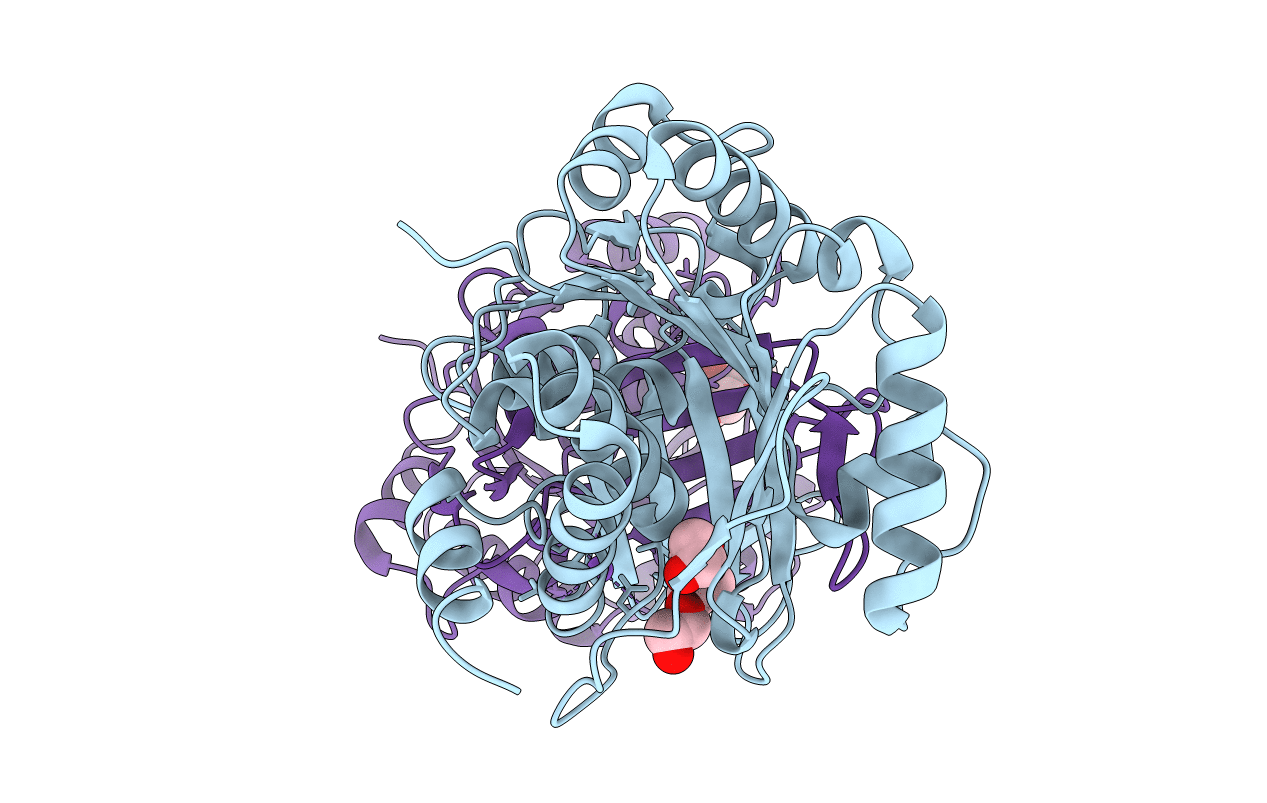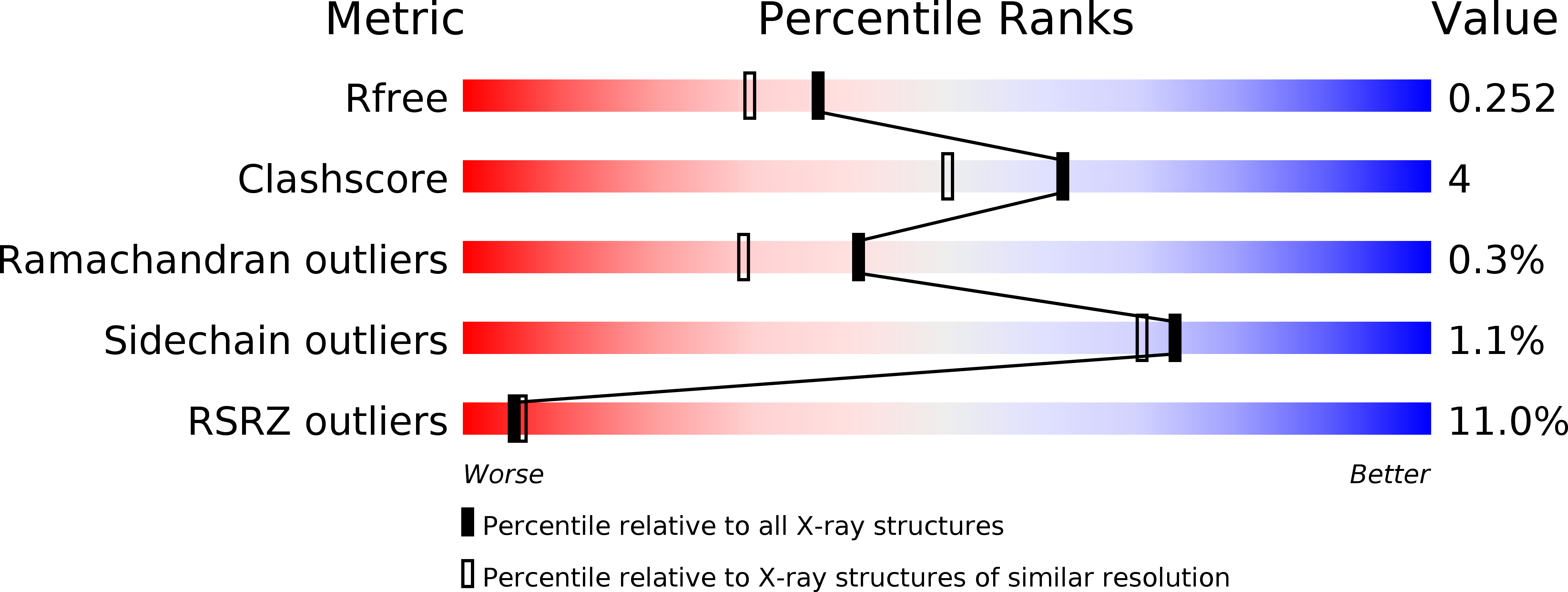
Deposition Date
2018-10-19
Release Date
2019-03-13
Last Version Date
2023-11-22
Entry Detail
PDB ID:
6ILR
Keywords:
Title:
Structure of Arabidopsis thaliana Ribokinase in unligand form
Biological Source:
Source Organism:
Arabidopsis thaliana (Taxon ID: 3702)
Host Organism:
Method Details:
Experimental Method:
Resolution:
1.97 Å
R-Value Free:
0.25
R-Value Work:
0.22
R-Value Observed:
0.22
Space Group:
P 42 21 2


